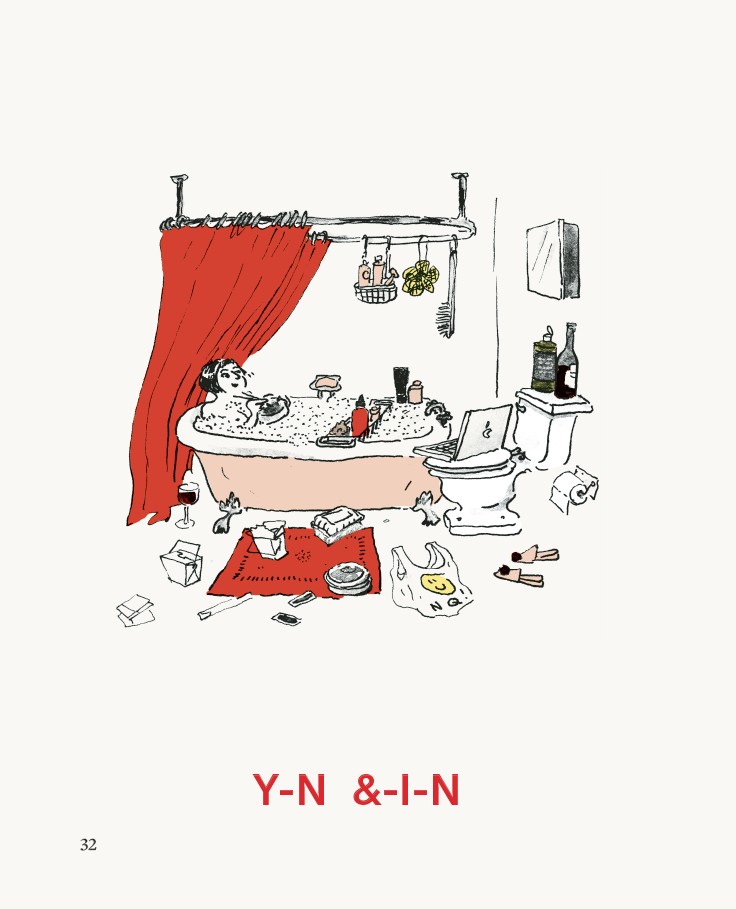
For someone who wrote children’s books, William Steig was as adult as they come. He divorced three times. He considered despair the human condition. He regarded his education as “defective.” And his book titles, sheesh: The Lonely Ones, All Embarrassed, The Agony in the Kindergarten, Rotten Island, Our Miserable Life, and The Rejected Lovers, to name a few. Strife was Steig’s subject. When he had trouble sleeping, he envisioned himself the owner of a magic long-range dart that he could use to destroy enemies. That’s the man in a nutshell: hellfire fury and imaginative splendor.
If you were a fan of the man’s work as a child, you may have been attracted by the verbal shenanigans, the breadth of subject matter (he wrote about dentists and talking bones), the mammalian heroes, or, perhaps, the streak of subtextual misery. For me, it was the misery. Steig had a Dickens-level command of childhood misery, depicting it as an endless tunnel of denials and supervision.

That must be why I remember the Steig books that rhymed with my tantrums. They turned an ugly condition into art—and wit! And beauty! The moment you discover that a bad thing can be redeemed by creative human intervention is the day you unlock the reason, or a reason, to keep existing. I wasn’t articulating these thoughts at age eight or whatever, but they penetrated. They must have. Why else would I choose writing as a job? Not for the money or the imminent danger of offending someone on Twitter and immolating my whole career in ten seconds. No. I do this because it’s the one profession, in my case, that doubles as an antidepressant. Which, thank God, because I don’t have health insurance.
Though Steig is best known as the creator of Shrek, he didn’t turn his art towards juveniles until he was in his 60s. In 1968 he published CDB!, his first book for children. CDB! featured loose illustrations paired with coded captions. To figure out the captions, a reader had to verbalize—or mentally verbalize—a sequence of letters. CDB!, for example, translates to “See the bee!”

I don’t think anyone on earth had hit upon this mode of expression until Steig did. If they did, it was probably doodled on a napkin or scrawled on a grocery list instead of published in a book. Steig repeated the mode with a second book, CDC? (“See the sea?”), and then dropped it. Imagine inventing a new form of communication, noodling around with it a couple times, and then abandoning it forever in pursuit of new experiments!

A couple of years ago, I started coming up with new codes in the vein of CDB! as a hobby. It was fun to mush letters together into legible phonemes. I kept a Google Doc of my recreational coding. Eventually I asked a friend, Joana Avillez, if she might be interested in illustrating some of them and creating a zine.
“A zine? Fuck a zine, let’s do a book!” she said. (Joana is a savvy woman.)

Thirty months later, we have a book. It’s a paean to Steig’s CDB! and CDC?; we’ve titled it D C-T! (“The city!”). It’s a coded exploration of New York City—an account of local customs and affinities, a catalog of macro and microaggressions, a narrative of life in the modern metropolis. Designer Teddy Blanks imbued the physical book with all manner of clever surprises, from special endpapers to a tableau hidden beneath the jacket.
The book is out now from Penguin Press, and available in bookstores.

